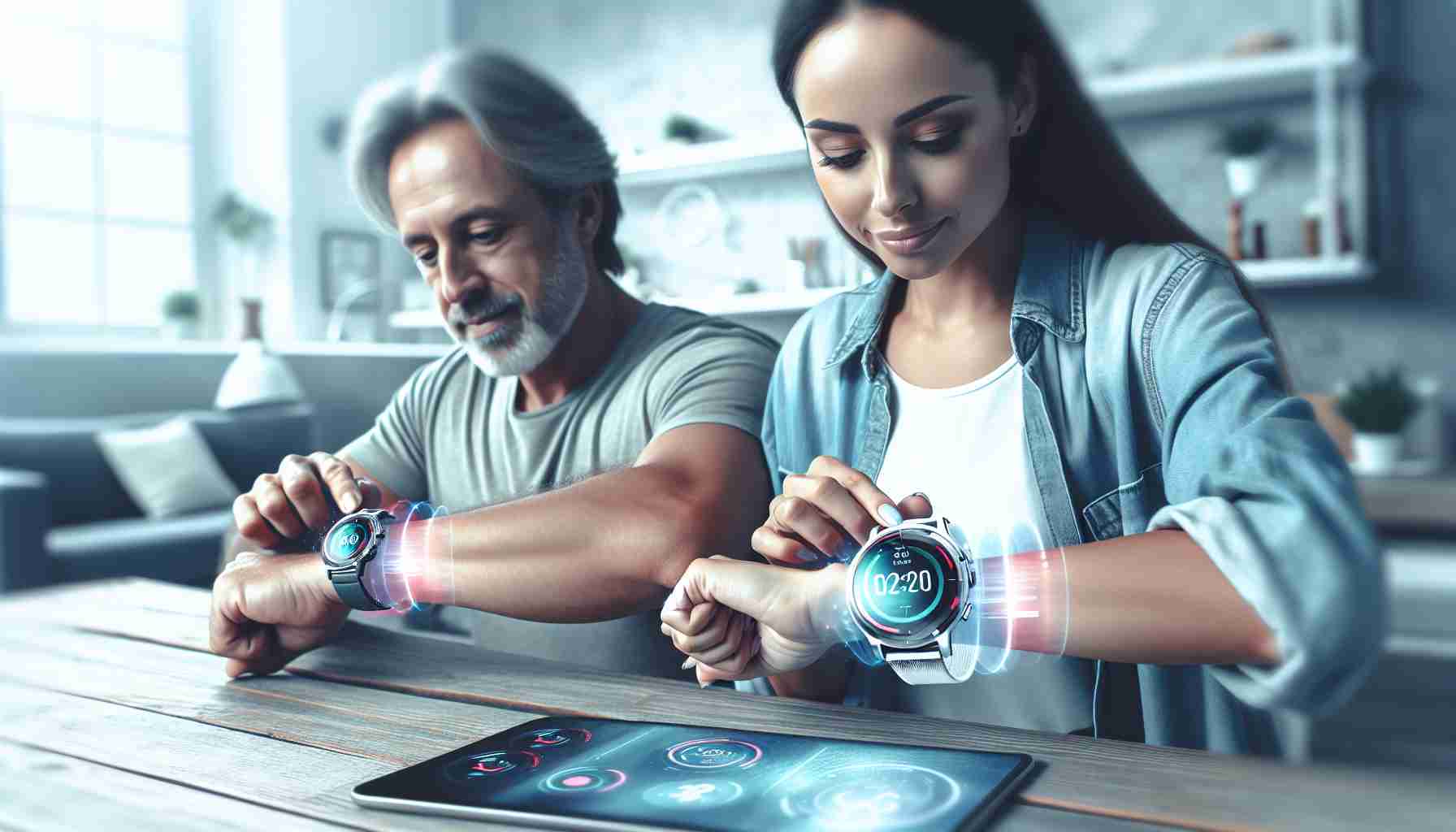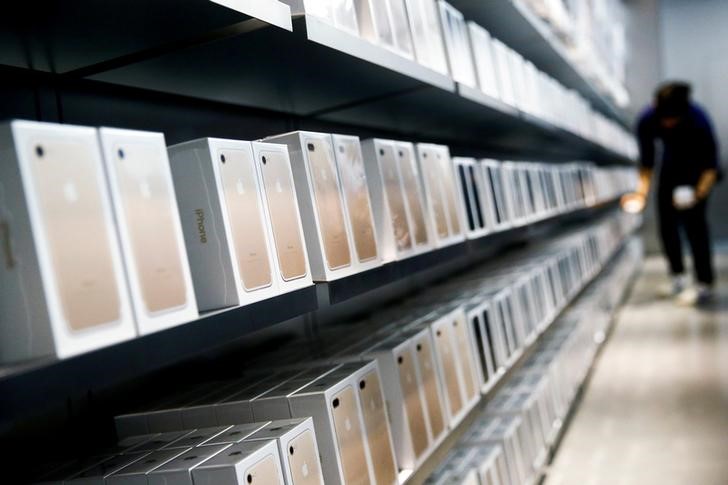




Hong Kong health-tech start-ups are at the forefront of developing digital wearables tailored for the ageing population, responding to a significant demographic shift. By 2046, it is projected that 36% of Hong Kong residents will be aged 65 or older, prompting a need for innovative healthcare solutions [205b508a]. In light of a regulatory change in 2021 that permits the use of medical devices in the Greater Bay Area, these start-ups are capitalizing on new opportunities to enhance elderly care [205b508a].
Kow Ping, co-founder of Well Being Digital (WBD), highlights the necessity for home care solutions, arguing that only 3% of the elderly should reside in care homes [205b508a]. WBD is collaborating with local universities and hospitals to conduct research and develop effective monitoring devices. As of August 2024, 40 drugs and 40 medical devices have received approval for use in 45 healthcare institutions across the bay area, marking a significant advancement in health-tech innovation [205b508a].
In addition to WBD's initiatives, Belun Technology has achieved FDA approval for a wearable device designed to diagnose obstructive sleep apnoea (OSA), a condition affecting 4% of middle-aged men and 2% of middle-aged women in Hong Kong [205b508a]. This development underscores the growing recognition of the importance of wearable technology in managing health conditions prevalent among the elderly.
Wearable technology continues to advance in the field of healthcare, with a recent study published in the Journal of Medical Internet Research emphasizing the role of personalized support and peer aid in increasing the adoption and continued use of wearable monitoring devices (WMDs) among older adults [1a6ab756] [f1635a36]. Conducted by researchers from The Hong Kong Polytechnic University, the study reviewed data from three randomized controlled trials involving over 150 older adults [1a6ab756] [f1635a36]. Interventions that increased awareness of being monitored and provided support from healthcare professionals or peers significantly improved adherence to WMDs [1a6ab756] [f1635a36].
The research highlights the critical role of healthcare professionals and peers in facilitating the adoption of wearable monitoring devices among older adults. By providing targeted support and overcoming barriers, these stakeholders can help seniors integrate WMDs into their daily routines, maximizing the potential health benefits [1a6ab756] [f1635a36].
In related news, Apple has introduced a new marketing campaign to showcase its smartwatch as a tool for parents to stay connected with their children [dd9e6233]. The watch's cellular capabilities allow parents to track their child's location and communicate with them through calls and messages. Features include easy call and text functions, real-time location tracking, and tailored settings for children. The Find My app offers precise location tracking, providing peace of mind for parents. Schools worldwide are exploring ways to limit smartphone usage, aligning with Apple's efforts. Smartwatches with tracking capabilities can enhance child safety by providing real-time location updates [dd9e6233]. Challenges include finding the right balance between oversight and independence, and controversies revolve around data privacy and security. Advantages include enhanced child safety, improved communication, customizable settings, and reduced reliance on smartphones. Disadvantages include potential privacy concerns, hindering trust and autonomy in children, and battery life and connectivity issues. It is important to weigh the advantages against the challenges and controversies when implementing smartwatch technology for parental empowerment [dd9e6233].
The outcome of the appeal will have significant implications for Apple and the wearable technology market. If successful, Apple will be able to resume the import and sale of the affected Apple Watches. However, if the ban is upheld, it could impact Apple's market share and revenue in the wearable technology sector [199fea41].